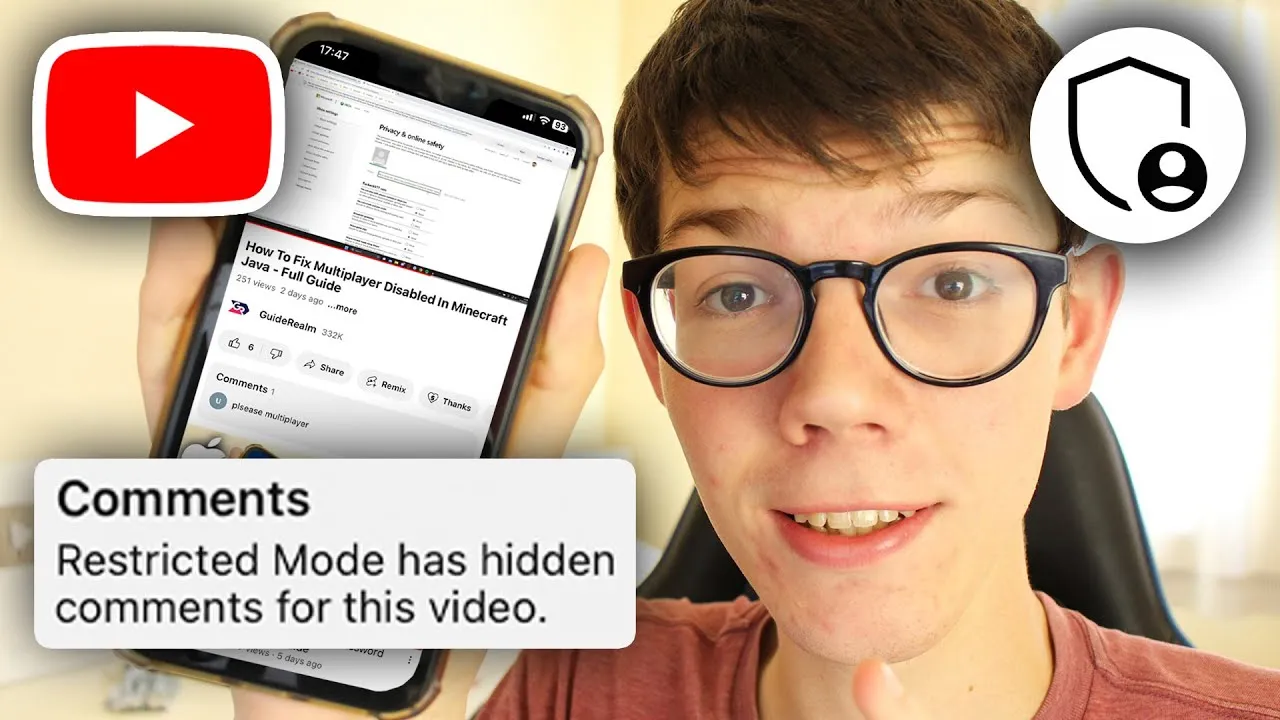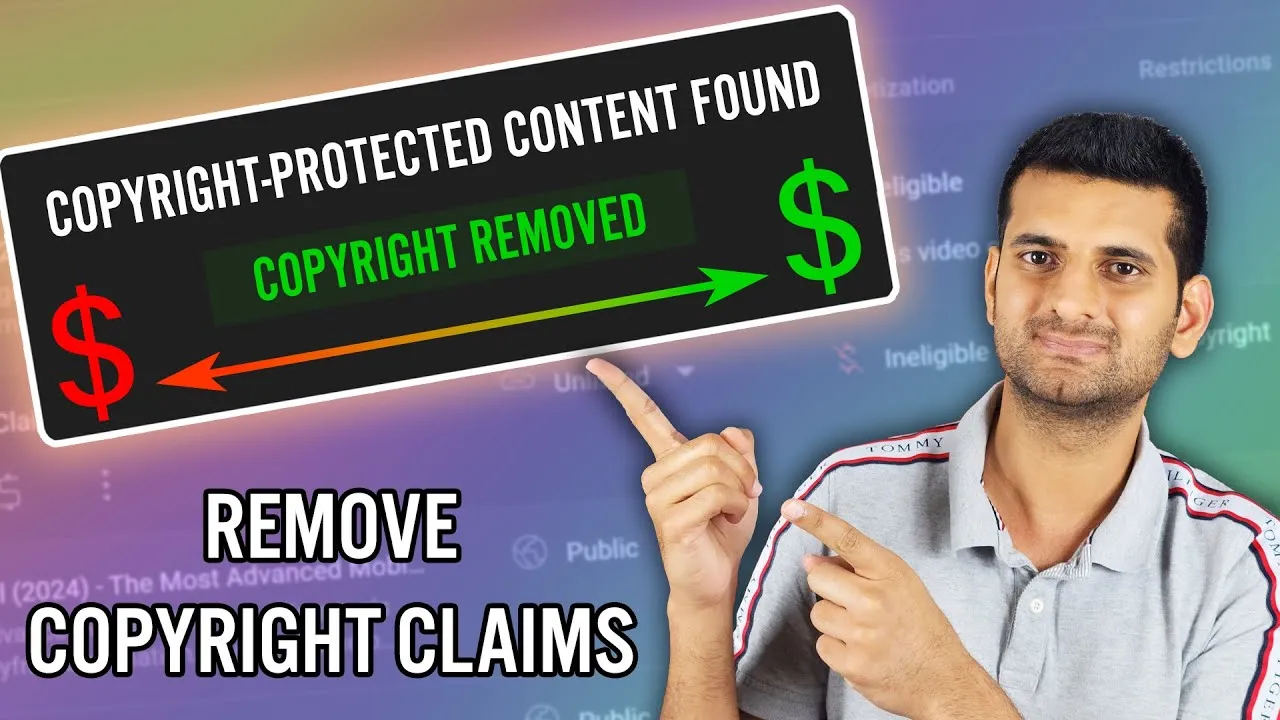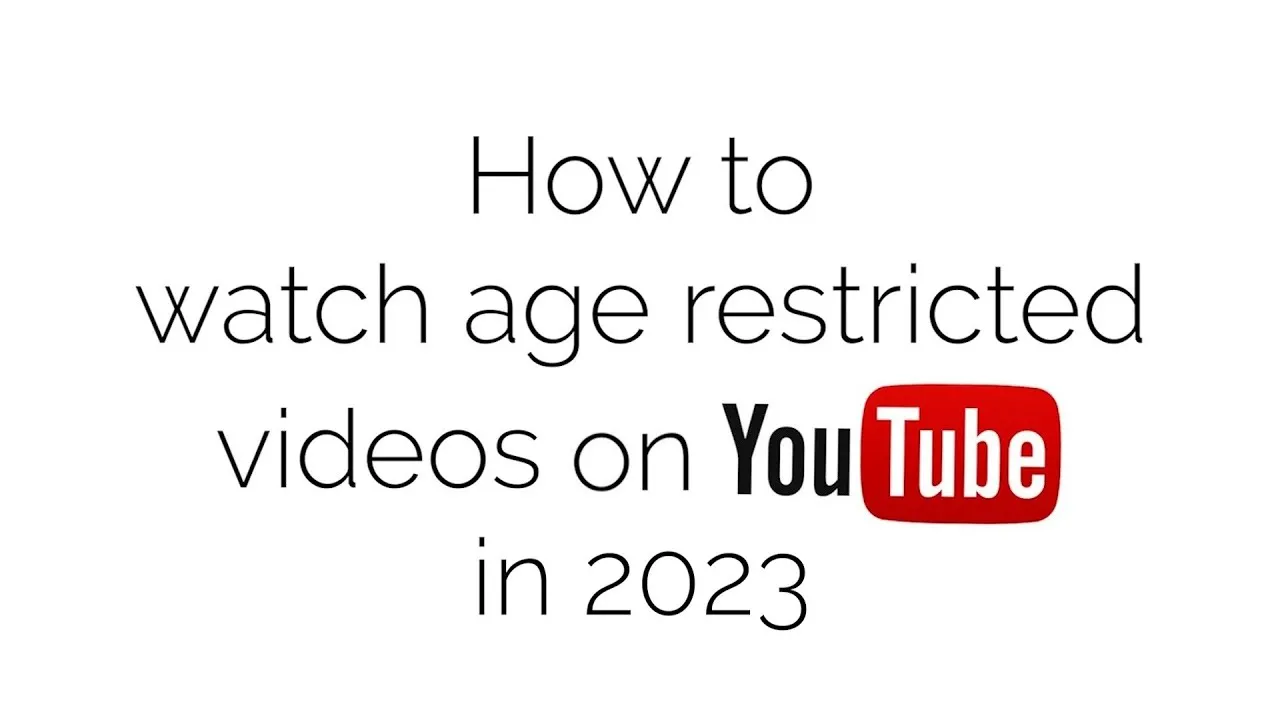In the ever-evolving landscape of online media, YouTube stands out as one of the most popular platforms, catering to billions of viewers worldwide. However, navigating through its vast content library can sometimes feel like trying to find a needle in a haystack, especially when it comes to restricted content. Whether you're a casual viewer or a dedicated content creator, it's essential to understand what restricted content means on YouTube and how it affects your viewing experience. In this post, we'll delve into the intricacies of
Understanding YouTube's Content Restrictions

YouTube's content restrictions are designed to create a safe and welcoming environment for users of all ages. But what exactly are these restrictions, and why do they exist? Let's break it down:
- Types of Restricted Content: YouTube categorizes content into various types of restrictions, including:
- Age Restrictions: Content that is not suitable for viewers under a certain age, often due to mature themes or explicit language.
- Geographic Restrictions: Videos that may be blocked in specific countries due to licensing agreements or local laws.
- Community Guidelines Violations: Content that doesn't adhere to YouTube's community standards, leading to its removal or restriction.
- Why Restrictions Matter: Understanding these restrictions is crucial because they:
- Help maintain a safe viewing space for children and sensitive audiences.
- Protect creators from copyright infringement and legal issues.
- Ensure compliance with local laws and regulations.
- Navigating Restrictions: To effectively find and access restricted content, consider the following tips:
- Check your account settings to ensure you're not unintentionally filtering content.
- Use VPNs to bypass geographic restrictions, keeping in mind the legality of doing so in your country.
- Look for age verification options if you encounter age-restricted content.
- Search by Upload Date: If you're looking for the most recent content, you can filter by upload date. Just click on the "Filters" button after your initial search and select "Upload Date." This is particularly useful for tracking trending topics.
- Type of Content: You can also filter by video type, which includes options like "Video," "Channel," or "Playlist." If you're hunting for a specific kind of content, this can help you find what you need faster.
- Duration: If you prefer short clips or long-form content, you can filter your results by duration. Choose from options like "Short (< 4 minutes)" or "Long (> 20 minutes)."
- Features: Use filters to find videos with specific features, such as "Subtitles/CC" or "Live." This can enhance your viewing experience, especially if you're looking for videos that are easier to understand.
- Use a VPN: A Virtual Private Network (VPN) can mask your IP address, allowing you to access content that might be restricted in your location. Choose a reputable VPN service that has a good track record for privacy and speed.
- Check the Settings: Sometimes, content is restricted due to your age settings. Make sure your account settings are adjusted appropriately to access all types of content.
- Explore Alternative Platforms: If you can’t find what you’re looking for on YouTube, consider other platforms that might host similar content. Websites like Vimeo or Dailymotion could have what you need.
- Be Aware of Copyright Laws: Always be cautious about the legality of accessing restricted content. Understand your local laws regarding copyright and streaming to avoid any legal issues.
- Use YouTube Premium: Subscribing to YouTube Premium can provide you with access to exclusive content and remove some of the restrictions that are typically placed on free accounts.
Also Read This: How to Add a Package to Your Price Sheet in ShootProof
Using Search Filters to Locate Restricted Content

When it comes to finding restricted content on YouTube, knowing how to effectively use search filters can be a game-changer. YouTube offers a range of filters that can help you narrow down your search results and locate videos that might not pop up in a standard search.
Here’s how to make the most of those search filters:
Remember, while these filters can help you locate restricted content more effectively, they won't bypass any restrictions set by YouTube or the content creators themselves. Always be mindful of the platform’s guidelines!
Also Read This: Understanding Alamy Image Pricing and Royalties
Exploring Alternative Platforms for Restricted Videos

Sometimes, despite your best efforts, you just can't find the content you're looking for on YouTube. But fear not! There are several alternative platforms where you might discover the videos that have been restricted or removed from YouTube.
Here are some popular alternatives to consider:
| Platform | Description | Content Type |
|---|---|---|
| Vimeo | A platform known for high-quality videos and artistic content. | Creative and professional videos, documentaries. |
| Dailymotion | Offers a mix of user-generated and professional content. | Entertainment, news, and music videos. |
| BitChute | A peer-to-peer video hosting service that promotes free speech. | Variety of content, often more controversial or niche. |
| PeerTube | A decentralized video platform that allows users to host their own instances. | Community-driven content across various interests. |
Each of these platforms has its unique vibe and content offerings. So if you're on the hunt for specific videos that you can't find on YouTube, don’t hesitate to explore these alternatives. You might just stumble upon some hidden gems!
Also Read This: Remove Top News From Your YouTube Feed and Customize Your Home Page
Tips for Accessing Restricted Content Safely
Accessing restricted content on YouTube can be a bit tricky, but it’s not impossible. Here are some practical tips to help you navigate these waters safely and effectively:
Remember, while it's tempting to bypass restrictions, always prioritize your safety and legality. Respect the content creators and the platforms that host their work.
Conclusion and Final Thoughts
In 2024, accessing restricted content on YouTube requires a mix of savvy and caution. As we’ve discussed, whether it’s through VPNs, adjusting your settings, or exploring other platforms, there are various ways to get the content you crave. However, it’s essential to approach this with a mindset of responsibility.
As a final thought, always ask yourself: Is the content worth the risk? Weigh the pros and cons before diving into the depths of restricted material. YouTube is vast, and while some content may be off-limits due to geographical or age restrictions, there’s an ocean of accessible content waiting for you. Embrace the journey of discovery while keeping safety and legality in the forefront of your mind.
So, go ahead and explore! Just remember to do it responsibly and enjoy the vast array of videos that YouTube has to offer, both restricted and unrestricted.